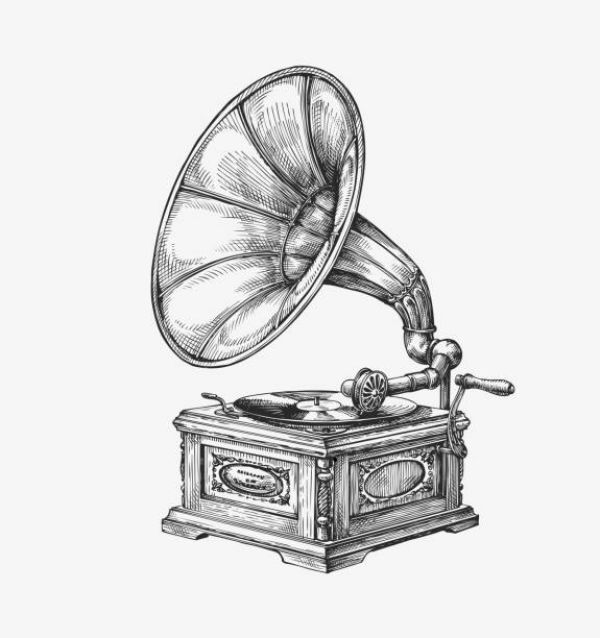
A noble project of national interest that compliments all the indians


The history of recorded music in India began in Kolkata in 1898 with the creation of the first gramophone record. This came two decades after Thomas Edison invented the phonograph in 1877. Indian entrepreneur Hemendra Mohan Bose played a pioneering role by importing Edison’s phonograph and producing cylinder records, popularly known as "Bose’s Records." Notably, Rabindranath Tagore recorded Bande Mataram in his own voice during this early phase of Indian sound recording. The Gramophone & Typewriter Ltd. also contributed significantly, establishing a recording facility in Beliaghata, where the first Indian song was captured on record in 1898.
The development of disc recording took another leap in 1902 when Frederick Gaisberg, the German inventor of the disc record, arrived in Calcutta on October 27. His mission was to record Indian voices, send them to Hanover for pressing, and sell the finished discs back in India. On November 5, 1902, he is believed to have visited a local theatre and recorded the voice of Gauhar Jaan, considered one of India’s first professional recording artists. However, another version suggests that Sashi Mukhi’s song from the play Sri Krishna was recorded by the Gramophone & Typewriter Ltd. on a 25 cm disc in the same year, possibly making it the first commercial Indian disc recording.